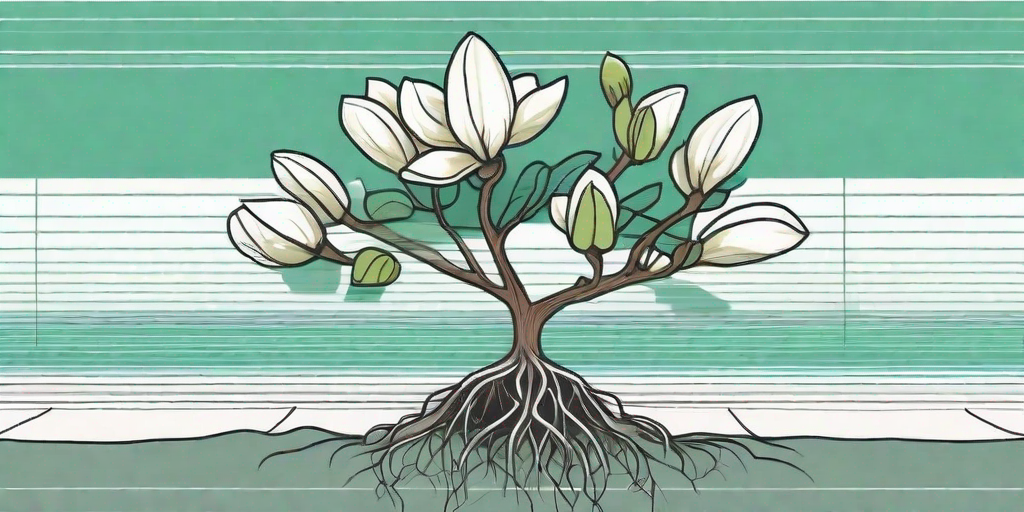
Magnolias, with their grand stature and fragrant blossoms, are a sight to behold. They are a symbol of grace, beauty, and southern charm. But what happens when you want to move this botanical beauty to another spot in your garden? Fear not, dear reader, for we are about to embark on a journey of transplantation, from root to bloom.
Understanding Magnolias
Before we dive into the nitty-gritty of transplantation, let's take a moment to appreciate the magnificence of magnolias. These trees are ancient, predating bees, and have been gracing our planet for over 20 million years. They come in various shapes and sizes, from towering trees to petite shrubs, and their blossoms are a sight to behold.
But magnolias are more than just a pretty face. They are hardy, resilient, and adaptable, making them a popular choice among gardeners. However, they do have their quirks, and understanding these can make your transplantation journey a whole lot smoother.
The Root of the Matter
Magnolias have a shallow root system, which can make them a challenge to transplant. However, this also means that they don't require a deep hole when being moved. The roots spread out horizontally rather than vertically, so be prepared to dig a wide berth when transplanting.
Another fun fact about magnolia roots: they don't like to be disturbed. This is why transplantation can be a bit tricky. But with the right preparation and care, you can successfully move your magnolia to its new home.
How to Transplant Magnolia Trees
Now that we've covered the basics, let's get down to business. Transplanting a magnolia tree can be broken down into three main steps: preparation, transplantation, and aftercare. Each step is crucial in ensuring the survival and prosperity of your tree.
Preparation
Before you start digging, you need to prepare the tree and the new planting site. Start by watering the tree thoroughly a few days before the move. This will help the tree cope with the stress of transplantation.
Next, prepare the new planting site. The hole should be wide and shallow, reflecting the magnolia's root structure. The width should be at least twice the diameter of the root ball, and the depth should be just enough to cover the roots. Add some compost or organic matter to the hole to give the tree a nutrient boost.
Transplantation
Now comes the fun part: moving the tree. Start by digging a trench around the tree, taking care not to damage the roots. The trench should be wide enough to accommodate the root ball and deep enough to get under the roots.
Once the tree is free, carefully lift it out of the ground and transport it to the new site. Place the tree in the hole, making sure it's at the same depth as it was before. Backfill the hole with soil, firming it gently around the roots.
Aftercare
After the tree is in its new home, it's time for some TLC. Water the tree thoroughly and apply a layer of mulch around the base to conserve moisture and suppress weeds. Keep an eye on the tree for the next few weeks, watering it regularly and checking for signs of stress.
Remember, patience is key. It may take some time for the tree to adjust to its new location, but with proper care, it will soon be thriving and blooming once more.
FAQs
When is the best time to transplant a magnolia tree?
The best time to transplant a magnolia tree is in late winter or early spring, before the tree starts to leaf out. This gives the tree a chance to establish its roots in the new location before the stress of the growing season.
How long does it take for a transplanted magnolia tree to bloom?
It can take a few years for a transplanted magnolia tree to bloom. The tree needs time to recover from the stress of transplantation and establish its roots in the new location. But once it does, the wait will be well worth it!
Conclusion
Transplanting a magnolia tree may seem like a daunting task, but with a bit of knowledge, preparation, and care, it can be a rewarding experience. So don your gardening gloves, grab your shovel, and get ready to embark on a journey from root to bloom. Happy gardening!















